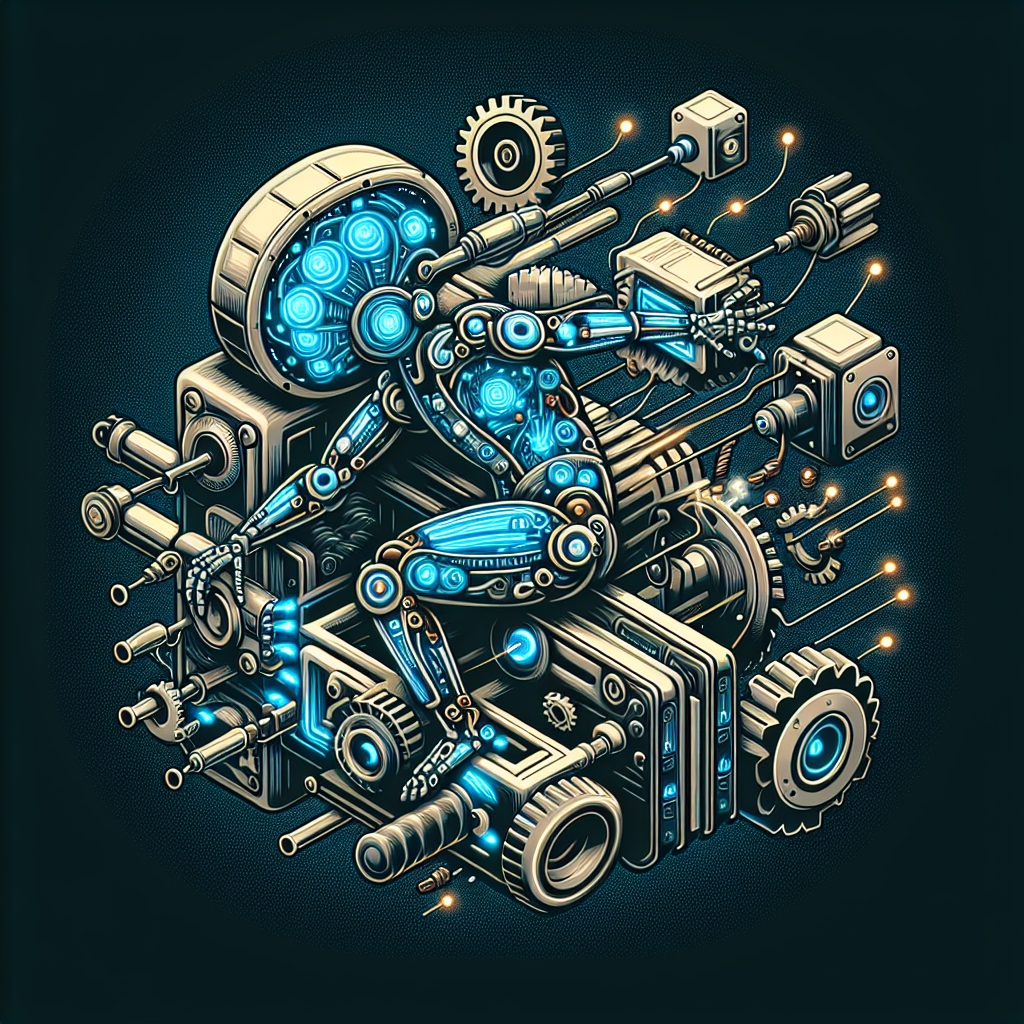Artificial Intelligence (AI) has become a game-changing technology in various industries, offering businesses the opportunity to streamline processes, improve decision-making, and enhance customer experiences. However, integrating AI into legacy systems presents a unique set of challenges that can hinder the successful implementation of this transformative technology. In this article, we will explore the challenges of implementing AI integration in legacy systems and discuss potential solutions to address these obstacles.
Legacy systems are outdated computer systems or software that are still in use by organizations due to their historical significance or the high cost of replacing them. These systems often lack the flexibility, scalability, and compatibility required to support modern technologies like AI. As a result, integrating AI into legacy systems can be a complex and time-consuming process that requires careful planning and execution.
One of the main challenges of implementing AI integration in legacy systems is data compatibility. AI algorithms rely on large amounts of high-quality data to make accurate predictions and decisions. Legacy systems often store data in outdated formats or databases that are not easily accessible or compatible with AI applications. This can make it difficult for organizations to leverage their existing data assets and fully harness the power of AI technology.
Another challenge is the lack of computing power and resources in legacy systems. AI applications require significant computational resources to process and analyze data in real-time. Legacy systems may not have the necessary hardware or infrastructure to support AI workloads, leading to performance issues and slow processing speeds. Upgrading hardware and infrastructure can be costly and time-consuming, further complicating the integration process.
Security is also a major concern when integrating AI into legacy systems. Legacy systems are often more vulnerable to cyber threats and data breaches due to their outdated security protocols and lack of encryption capabilities. AI applications can introduce new security risks if not properly integrated and secured within legacy systems. Organizations must implement robust security measures to protect sensitive data and ensure the confidentiality and integrity of AI-powered processes.
Furthermore, the complexity of legacy systems can pose a significant challenge to AI integration. Legacy systems are typically built on outdated technologies and architectures that are difficult to modify or extend. Integrating AI into these systems may require extensive customization and development work to ensure compatibility and functionality. This can result in increased costs, delays, and technical risks that can impact the success of the integration project.
Despite these challenges, there are several strategies that organizations can adopt to overcome the obstacles of implementing AI integration in legacy systems. One approach is to gradually modernize legacy systems by migrating data and applications to cloud-based platforms that offer greater flexibility, scalability, and compatibility with AI technologies. Cloud computing provides organizations with the computing power, storage capacity, and security features needed to support AI workloads and applications.
Another strategy is to leverage AI middleware and integration tools that enable seamless communication and data exchange between legacy systems and AI applications. These tools can help bridge the gap between legacy systems and AI technologies by providing pre-built connectors, APIs, and data transformation capabilities that simplify the integration process. By using AI middleware, organizations can accelerate the deployment of AI solutions and minimize the risks associated with legacy system integration.
Organizations can also invest in training and upskilling their workforce to ensure they have the necessary skills and knowledge to implement and maintain AI integration in legacy systems. By empowering employees with the right tools and training, organizations can build internal capacity and expertise to successfully navigate the complexities of AI integration and drive innovation within their organizations.
In conclusion, implementing AI integration in legacy systems presents a unique set of challenges that require careful planning, strategic thinking, and technical expertise. By addressing data compatibility, computing power, security, complexity, and other key challenges, organizations can successfully integrate AI into legacy systems and unlock the full potential of this transformative technology. With the right approach and resources, organizations can overcome the obstacles of AI integration in legacy systems and drive business growth, innovation, and competitive advantage in the digital age.
FAQs:
Q: What are legacy systems?
A: Legacy systems are outdated computer systems or software that are still in use by organizations due to their historical significance or the high cost of replacing them.
Q: Why is integrating AI into legacy systems challenging?
A: Integrating AI into legacy systems is challenging due to data compatibility issues, lack of computing power and resources, security concerns, complexity of legacy systems, and other technical obstacles.
Q: How can organizations overcome the challenges of implementing AI integration in legacy systems?
A: Organizations can overcome the challenges of implementing AI integration in legacy systems by modernizing legacy systems, leveraging AI middleware and integration tools, investing in training and upskilling their workforce, and implementing robust security measures.
Q: What are the benefits of integrating AI into legacy systems?
A: Integrating AI into legacy systems can help organizations streamline processes, improve decision-making, enhance customer experiences, and drive business growth and innovation in the digital age.

